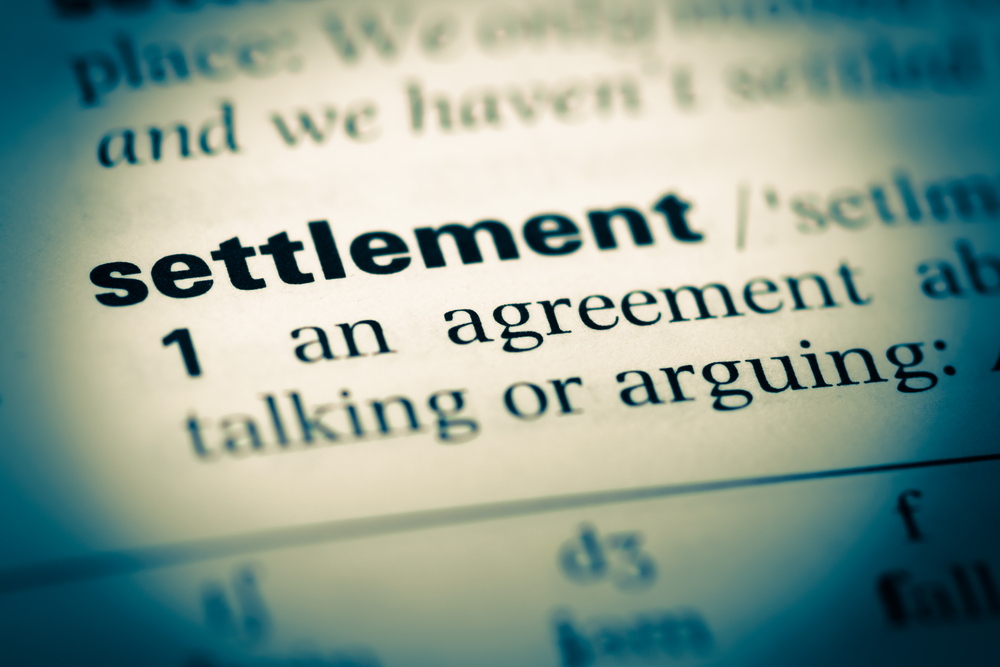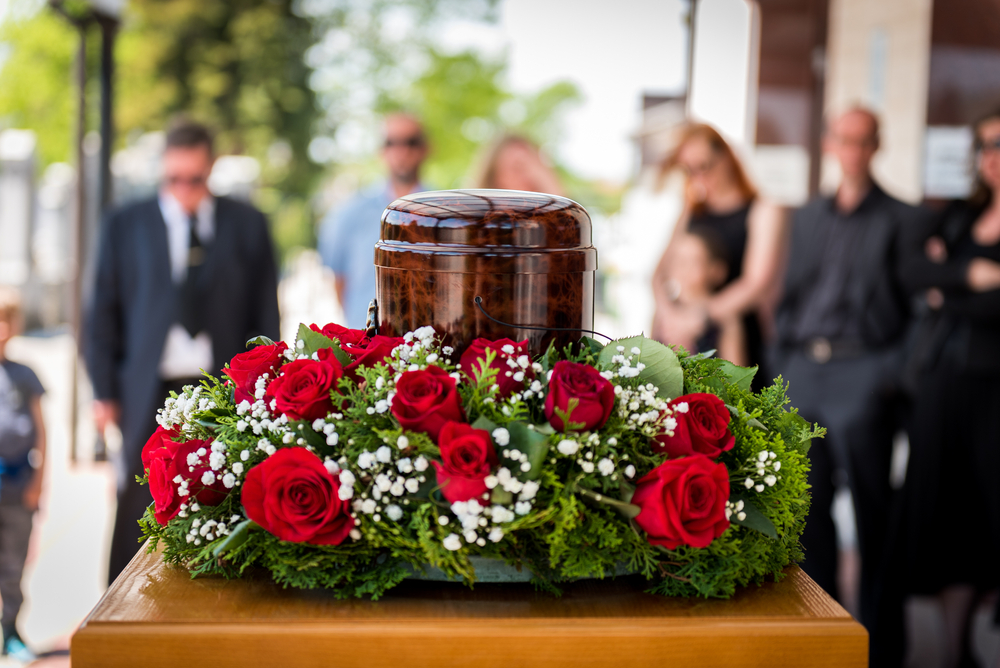How Are Wrongful Death Settlements Paid Out?
Losing a loved one is an unimaginable tragedy. When that loss is due to someone else's negligence or wrongdoing, the emotional toll is compounded by a sense of injustice. While no amount of money can ever replace a loved one, a wrongful death settlement can provide financial relief and a semblance of justice. But how exactly are these settlements paid out? This is a question that many people find themselves grappling with. As an attorney with the firm, I'm here to shed some light on this complex issue. Types of Wrongful Death Settlements Firstly, it's crucial to understand that wrongful death settlements can come in various forms: Lump-Sum Payments: A one-time, all-encompassing payment. Structured Settlements: Payments are made over a specified period. Trust Funds: Money is placed in a trust for specific beneficiaries. Lump-Sum Payments The most straightforward method is a lump-sum payment. Once the settlement is agreed upon, the defendant pays the entire amount in one go. This is often the quickest way to close the case and allows the family to move on, albeit with a heavy heart. Structured Settlements In some instances, a structured settlement may be more beneficial. Payments are made over time, providing a steady income stream. This can be particularly useful if the deceased was the primary breadwinner, as it mimics a salary. Trust Funds Trust funds are less common but can be set up to benefit minors or to cover specific costs like education or healthcare. Who Receives the Settlement? In Florida, the personal representative of the deceased's estate is responsible for bringing a wrongful death claim. The settlement is then distributed among the estate and surviving family members, according to Florida law. It's essential to consult an [...]



